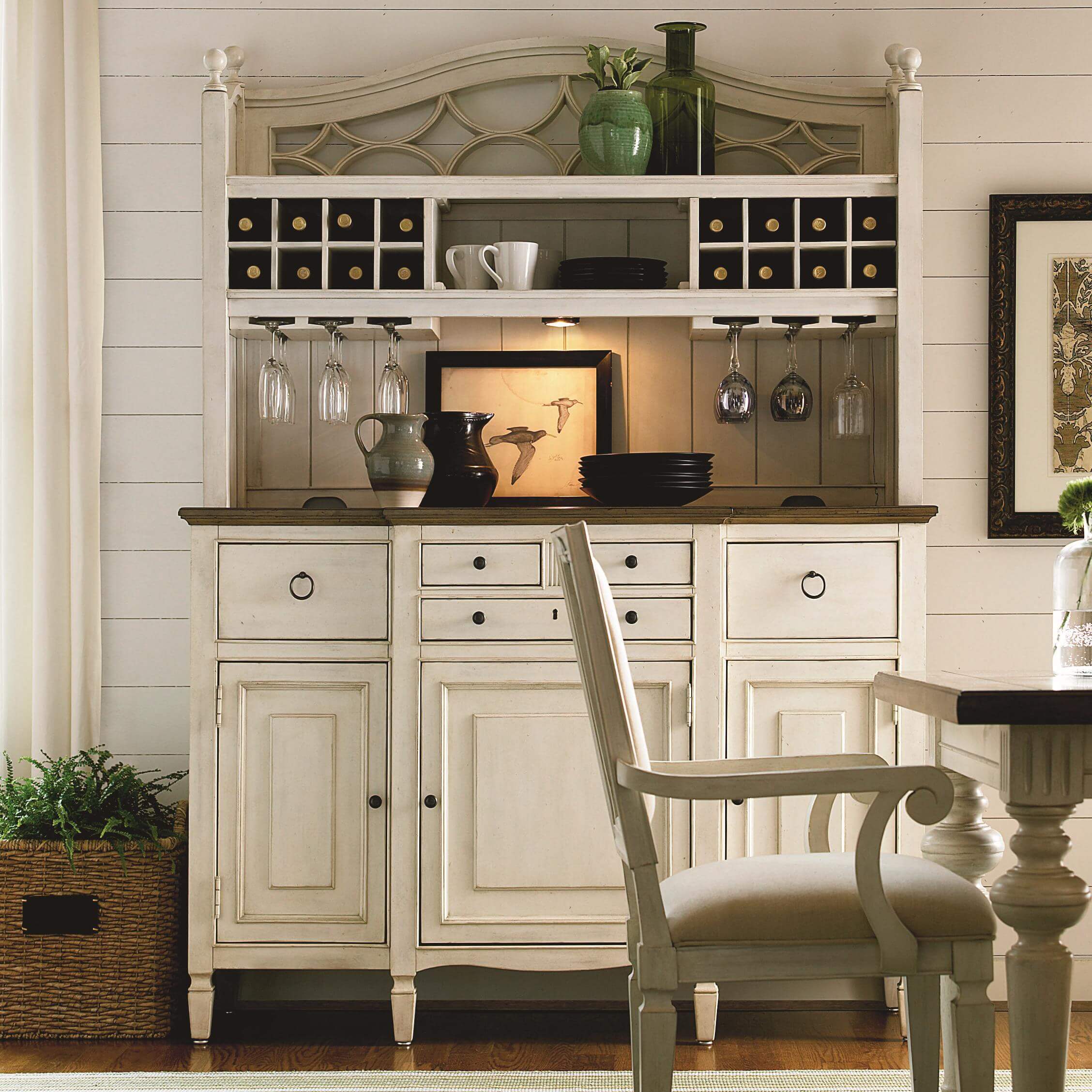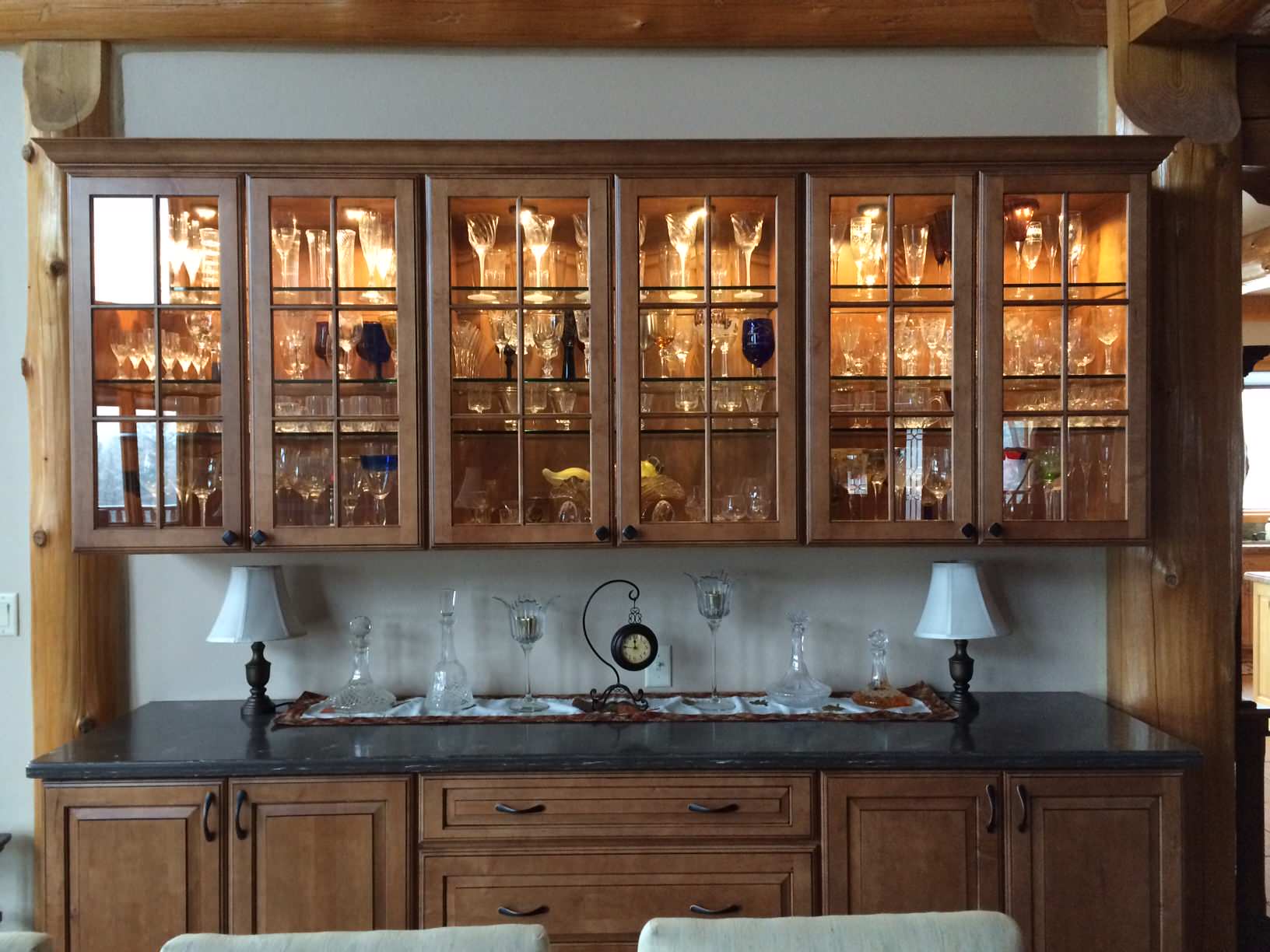Built-in Dining Room Cabinet Styles and Features
Built-in dining room cabinets offer a blend of practicality and aesthetic appeal, seamlessly integrating storage solutions into your dining space. They enhance both functionality and the overall design of the room, providing customized storage tailored to your specific needs and style preferences. Choosing the right style and features is crucial for maximizing their utility and enhancing the beauty of your dining area.
Built-in Dining Room Cabinet Styles
The style of your built-in dining room cabinets significantly impacts the overall look and feel of your space. Careful consideration of design elements and materials is key to achieving a cohesive and visually pleasing result. Here are five popular styles, each with its distinct characteristics:
| Style | Material | Features | Pros/Cons |
|---|---|---|---|
| Traditional | Solid wood (oak, cherry, mahogany), often with ornate detailing | Raised panel doors, detailed molding, ample storage space, possibly glass-fronted upper cabinets | Pros: Classic elegance, durable, timeless appeal. Cons: Can be expensive, requires more maintenance. |
| Modern | Laminate, veneer, high-gloss finishes, sometimes metal accents | Sleek lines, minimalist design, handleless doors or integrated pulls, often incorporates open shelving | Pros: Clean aesthetic, easy to maintain, versatile. Cons: Can appear less warm than traditional styles, may show scratches more easily. |
| Shaker | Solid wood (maple, pine), painted or stained finishes | Simple, flat-panel doors with minimal ornamentation, clean lines, functional and understated design | Pros: Versatile, durable, classic yet contemporary. Cons: Less ornate than traditional styles, may require more care for wood finishes. |
| Mission | Solid wood (oak, walnut), often with a dark stain | Straight lines, simple geometric shapes, handcrafted details, exposed hardware | Pros: Sturdy, durable, strong visual impact. Cons: Can appear heavy or dark in smaller spaces, less versatile than some other styles. |
| Rustic | Reclaimed wood, natural stone, metal accents | Uneven textures, visible wood grain, distressed finishes, open shelving often incorporated | Pros: Unique character, warm and inviting atmosphere. Cons: Can be more expensive, requires specific design considerations for cohesive integration. |
Built-in Dining Room Cabinet Functionality
Built-in dining room cabinets offer exceptional storage solutions, maximizing space and keeping your dining essentials organized. Effective functionality depends on thoughtful planning and design.
The strategic incorporation of various storage solutions ensures efficient use of space and easy access to dining essentials. Examples include:
- Designated compartments for dishes, silverware, and glassware.
- Drawers for linens, placemats, and napkins.
- Pull-out shelves for easy access to items stored at the back.
- Spice racks or dedicated areas for frequently used condiments.
- Hidden compartments for less frequently used items.
Built-in Dining Room Cabinet Hardware, Built in dining room cabinet designs
Hardware choices significantly impact both the aesthetics and functionality of built-in dining room cabinets. Careful selection ensures a cohesive design and enhances the overall user experience.
For a modern style cabinet, sleek, minimalist handles or integrated pulls in brushed nickel or matte black would be ideal. These options maintain a clean, uncluttered look while offering a practical grip. In contrast, a traditional style cabinet might benefit from ornate knobs or pulls in brass or antique bronze, complementing the rich details and creating a sense of classic elegance. The choice should always reflect the overall style and design of the cabinet and the dining room itself.
Designing and Integrating Built-in Dining Room Cabinets: Built In Dining Room Cabinet Designs

Crafting bespoke built-in dining room cabinets offers a unique opportunity to enhance both the functionality and aesthetic appeal of your space. Careful planning and consideration of various factors are crucial to achieving a harmonious and practical design that complements your existing décor and lifestyle. This process involves a thoughtful approach to space utilization, desired features, and the overall style of your dining room.
Built in dining room cabinet designs – A successful built-in cabinet design begins with a meticulous plan. This involves a step-by-step approach, taking into account several key elements. Careful measurement and consideration of the room’s existing features are paramount to ensure a seamless integration.
Step-by-Step Guide to Planning Built-in Dining Room Cabinets
The following steps provide a structured approach to designing your built-in cabinets, ensuring a successful outcome that meets both your aesthetic and practical needs.
- Measure and Assess: Begin by meticulously measuring your dining room, noting all existing features like windows, doors, fireplaces, and electrical outlets. Consider the available space and how the cabinets will interact with these elements.
- Define Functionality: Determine the purpose of your cabinets. Will they primarily store china, serve as a buffet, house a bar, or combine multiple functions? This dictates the internal configuration and size of the cabinets.
- Sketch and Plan Layout: Create preliminary sketches, exploring different cabinet configurations and placements. Consider traffic flow within the room and ensure easy access to all cabinets.
- Choose Materials and Finishes: Select materials that complement your existing décor and withstand daily use. Consider wood types, paint colors, and hardware to maintain a cohesive aesthetic.
- Detail Design: Refine your design, specifying cabinet dimensions, shelf placement, drawer sizes, and hardware. Include details like lighting and any special features (e.g., wine racks, pull-out shelves).
- Professional Consultation: Consult with a kitchen or cabinet designer or contractor to ensure your design is feasible and structurally sound. They can provide valuable insights and address potential challenges.
- Installation and Refinement: Once the cabinets are installed, make any necessary adjustments or refinements to ensure optimal functionality and aesthetic appeal.
Cabinet Configuration Options for Various Dining Room Layouts
Different dining room layouts lend themselves to various cabinet configurations. Consider the available space and the overall flow of the room when choosing a design.
- L-Shaped Configuration: Imagine an L-shaped arrangement that hugs a corner of the room. One section could house china and serving dishes, while the other might feature drawers for linens and silverware. This is ideal for maximizing corner space and creating a defined dining area.
- Island Unit: A freestanding island unit can serve as both a focal point and a practical storage solution. Imagine a sizable island with ample cabinet space on all four sides, possibly incorporating a butcher block countertop for serving or casual dining. This configuration works best in larger dining rooms.
- Buffet-Style Configuration: A long, low buffet-style cabinet against a wall is a classic choice. This configuration typically features multiple drawers and cabinets for ample storage, often including a built-in countertop for serving. This design can easily integrate with existing wall décor.
Integrating Built-in Cabinets with Existing Architectural Elements in a Traditional Setting
Seamless integration of built-in cabinets with existing architectural elements enhances the cohesiveness of the room and creates a more polished look. In a traditional setting, this can be achieved through careful design and material selection.
For example, consider a traditional dining room with a fireplace as a focal point. Built-in cabinets flanking the fireplace, crafted from the same wood as the fireplace mantel and trim, would create a unified and elegant design. Matching the cabinet hardware to other hardware in the room, such as door knobs or light fixtures, further enhances the cohesive aesthetic. The cabinets could be designed to extend the length of the wall, seamlessly integrating with the fireplace without visually disrupting the room’s flow. This approach utilizes the existing architecture as a design element to create a cohesive and visually appealing space.
Materials, Finishes, and Maintenance of Built-in Dining Room Cabinets

The longevity and aesthetic appeal of your built-in dining room cabinets depend heavily on the materials used in their construction, the chosen finishes, and the diligent maintenance they receive. Understanding these aspects is crucial for making informed decisions during the design and installation phases, ensuring a beautiful and durable addition to your dining space for years to come.
Material Properties Comparison
The selection of materials significantly impacts the overall quality, cost, and lifespan of your built-in cabinets. This table compares common materials based on durability, cost, and maintenance requirements.
| Material | Durability | Cost | Maintenance |
|---|---|---|---|
| Solid Wood (e.g., oak, cherry, maple) | High; durable and resistant to damage with proper care. | High; varies depending on wood type and quality. | Regular dusting, occasional polishing with wood cleaner and conditioner. Requires refinishing over time. |
| Medium-Density Fiberboard (MDF) | Moderate; susceptible to moisture damage if not properly sealed. | Moderate; generally less expensive than solid wood. | Regular dusting; avoid excessive moisture. Requires careful handling to prevent chipping or denting. |
| Laminate | Moderate; resistant to scratches and stains, but prone to chipping at edges. | Low; one of the most affordable options. | Easy cleaning with mild soap and water; avoid abrasive cleaners. |
| Metal (e.g., stainless steel, aluminum) | High; very durable and resistant to scratches and stains. | Moderate to High; varies depending on the metal type and finish. | Easy cleaning with mild soap and water; some metals may require specialized cleaners to maintain shine. |
Cabinet Finishes: Effects and Considerations
The finish applied to your cabinets plays a vital role in their appearance and protection. Different finishes offer varying levels of durability, aesthetic appeal, and maintenance requirements.
Paint offers a wide range of color options and provides excellent protection against moisture and scratches. However, it can chip or scratch over time, requiring touch-ups or repainting. Stains, on the other hand, enhance the natural beauty of the wood grain, but offer less protection than paint. They require more frequent maintenance to prevent fading or damage. Varnish provides a clear, protective layer that highlights the wood’s natural beauty while offering good protection against moisture and scratches. However, it can yellow over time, especially with exposure to sunlight.
Cabinet Maintenance and Care
Regular cleaning and preventative measures are essential to prolong the life of your built-in dining room cabinets. Dusting regularly with a soft cloth prevents the accumulation of dirt and grime. For spills, clean them immediately with a damp cloth and mild soap. Avoid abrasive cleaners or scouring pads, as they can scratch the surface. For wood cabinets, periodic conditioning with a wood polish or oil will help maintain their moisture balance and prevent cracking or drying. For painted cabinets, touch-ups may be needed occasionally to repair minor scratches or chips. Protecting your cabinets from excessive moisture and direct sunlight will also contribute significantly to their longevity. Consider using coasters and placemats to prevent water rings and scratches from dishes.
